In property circles, this term often comes up. It is easy to identify after it has taken place, but is a serious challenge for speculative investors to predict.
Being able to forecast a suburb that is about to undergo rapid gentrification is a special skill that requires a strong grasp of statistics and the ability to cross-check the data with the suburb characteristics and a feasibility exercise. Our very own Property Professor, Peter Koulizos completed a study on gentrification and has since shared much of his findings through his publications, podcasts, various journals and media interviews.
Peter’s study focused on predictive analysis. His powerful insights enable a keen property researcher to combine various ABS observations over a range of data collection dates in order to identify suburbs that have a greater probability of outperforming based on a rapid rise in land values as a direct result of increased buyer demand. The critical element is the buyer demand bit. The buyers who are driving this demand must have a greater capacity to spend than the existing population of the area.
In other words, they have to have more money.
As basic as this sounds, it’s not so straight forward because people with more money won’t just gravitate towards a grungy suburb based on a hunch. The suburb has to have something special on offer that attracts the prospective buyers in the first place, and often these attributes are hard for locals to see past because we tend to get caught up in the stigma of an area.
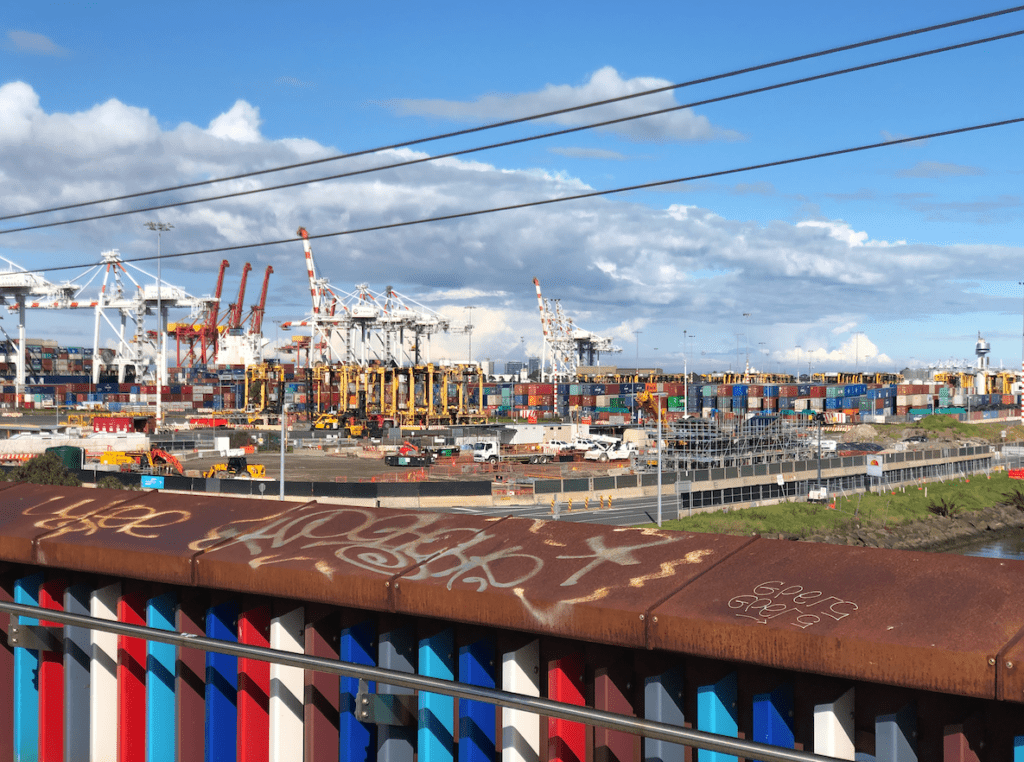
Our own data research focuses on a combination of three main elements when we look at ABS data for predictive analysis. Firstly, we focus on social advantage/disadvantage. This measure takes into account a combination of measures including education levels, crime levels and health, (among others). Secondly, we focus on household income figures. And finally we take into account amenity and accessibility to lifestyle places that people enjoy.
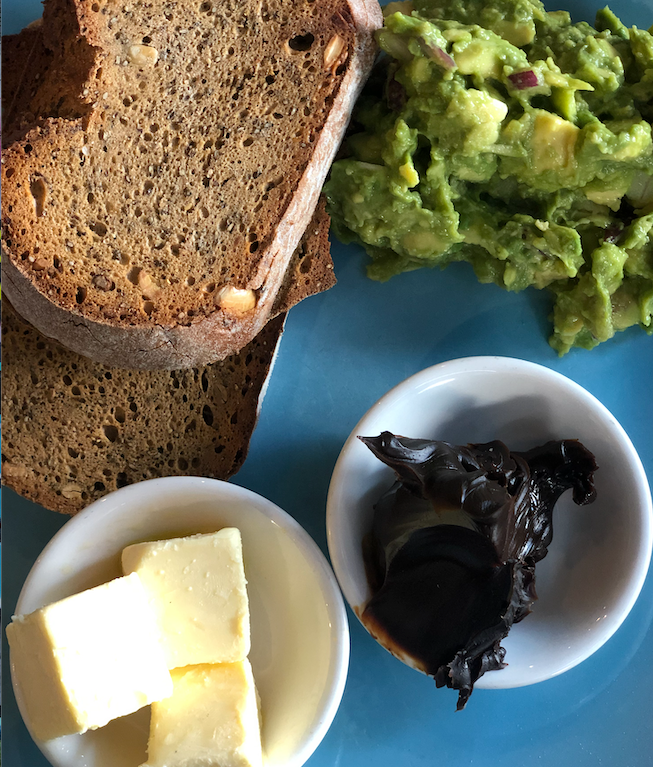
We then study the rate of change of each of the first two elements over recent Census collection years and overlay them, in tandem with the amenity score.
This methodology often identifies areas that have already undergone gentrification, but the household income measure and social disadvantage change rate are the critical measures to identify early.
A fantastic, semi-recent example of suburb gentrification is Melbourne’s Footscray. Situated very closely to our city’s CBD, boasting a characteristic line up of many Victorian terraces and houses in the streets, and offering an explosion of great dining options, bars and cafes for any keen foodie. Footscray rail station is a dominant hub station and is a quick and and bountiful commute option for any local.
All they have to do is manage to catch a western bound train from the city, and they have over five train lines to choose from. The trip to Flinders Street Station takes 11 minutes.
Footscray is interesting and the data suggests the gentrification is still very much underway. The rate of change for the suburb, particularly from an urban planning point of view is sharp. Towers and cranes adorn the horizon and the development activity around the Maribyrnong River is evident for any newcomer to the area.
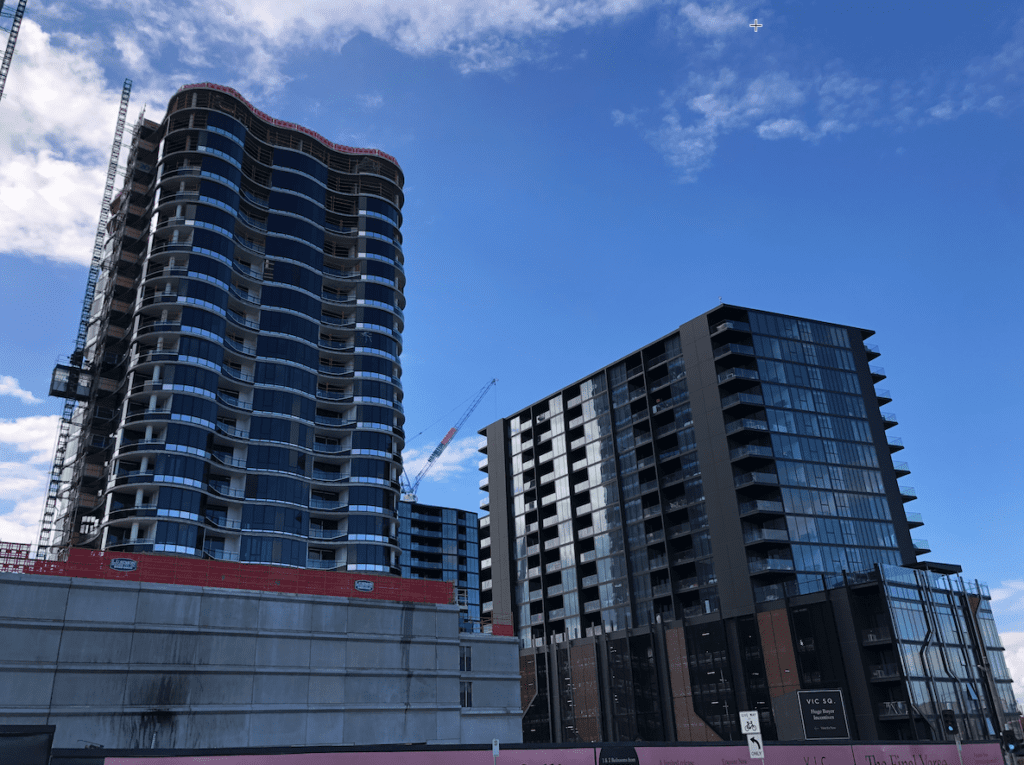
What is always entertaining is the sheer degree of stigma that locals hold against postcode 3011. Local buyers and investors often shun our suggestion to give Footscray consideration, and funnily enough they’ll often lament the fact that they ‘missed the boat’ on other (more gentrified) neighbouring areas, such as Yarraville and Seddon. Recognising a gentrifying suburb often requires the buyer to stand back and remove their tainted views from the equation.
It is hardly surprising that the more recent recipients of good opportunity in the area have been interstate and overseas investors.
Those with less familiarity of a stigmatised area are often more likely to heed the opportunity.
This house in Footscray, (near the hospital precinct) was purchased opportunistically by an investor client of ours just prior to March’s COVID lockdown period for $920,000. The sale data is intriguing and shows the power of time superbly.
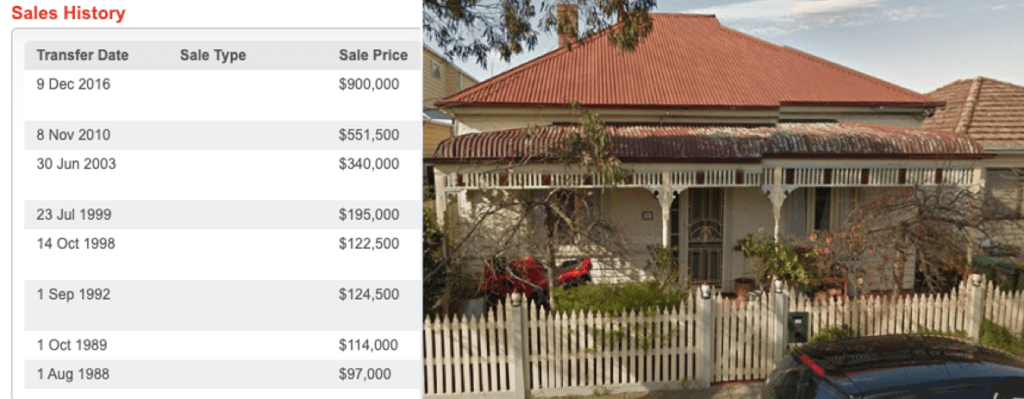
When charted, the 20 year growth rate is very strong and in particular the most recent ten year period shows an outperformance capital growth rate when benchmarked against the rest of the city.
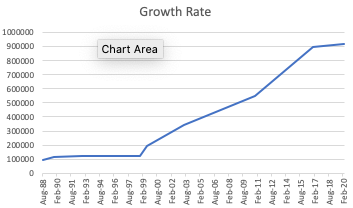
Peter Koulizos’ study on gentrification shines a spotlight on some specific, easy-to-track measures;
“Chairman of the Property Investment Professionals of Australia Peter Koulizos has identified four factors to help identify the early days of gentrification in a location:
- A decrease in people under 18 years old that’s greater than the state average.
- An increase in couples with children that’s greater than the state average.
- An increase in those who lived at a different address five years ago that’s greater than the state average.
- An increase in women working in professional occupations.”*
There is nothing easy about ‘picking’ a suburb, but the science is certainly impressive when carefully distilled.
Our current emerging suburbs research is well underway. We’ve taken advantage of the spare time at our fingertips during this Stage Four lockdown, and Project Gentrification Bootcamp is in full swing within our individual dining room office set-ups. Special mention to Stacey and Ren for unearthing and data-mining so much ABS intel.
*Source: AFR David Johnston July 2018
REGISTER TO OUR NEWSLETTER
INFORMATION
CONTACT US
1A/58 ANDERSON STREET,
YARRAVILLE VIC 3013
0422 638 362
03 7000 6026
CATE@CATEBAKOS.COM.AU
